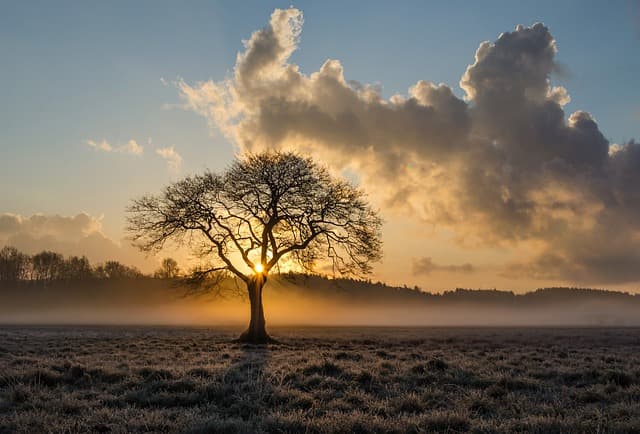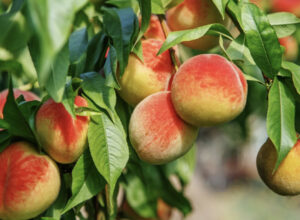The Role of Trees in the Missouri Ecosystem: Their Importance for the Environment and Wildlife

Trees play an invaluable role in Missouri’s ecosystem, providing many benefits to the environment and wildlife. In this article, we will look at the importance of trees in Missouri and their contribution to maintaining biodiversity and ecological balance.
Supporting Biodiversity
- Trees provide shelter, food, and breeding grounds for many species of plants, insects, birds, mammals, and other animals.
- Missouri’s large number of diverse tree species ensures ecosystem diversity and contributes to the conservation of unique plant and animal species.
Climate regulation
- Trees serve as natural filters, trapping and absorbing harmful gases and pollutants from the atmosphere, such as carbon dioxide and toxic substances.
- They help reduce ambient temperatures by providing pleasant shade and evaporating moisture through the leaves (evapotranspiration).
Soil and water conservation
- Tree roots hold soil in place, preventing erosion and washout of the fertile layer during heavy rainfall.
- Trees help improve water quality by filtering and trapping pollutants before they reach water resources.
Providing shelter for animals
- Trees provide shelter, places for animals to rest, build nests, and gather food.
- They are a source of food for many animals, providing fruits, seeds, leaves and bark.
Beauty and Aesthetic Importance
- Trees create beautiful forest landscapes, parks and gardens that are places of rest and relaxation for people.
- They improve the quality of life by creating a pleasant atmosphere and promoting psychological well-being.
Trees play an enduring role in Missouri’s ecosystem, providing biodiversity, climate regulation, soil and water conservation, and providing shelter and food for a multitude of animals. We must cherish trees and continue to protect them in order to preserve the richness of nature and enjoy all the benefits they bring to us and the environment.




